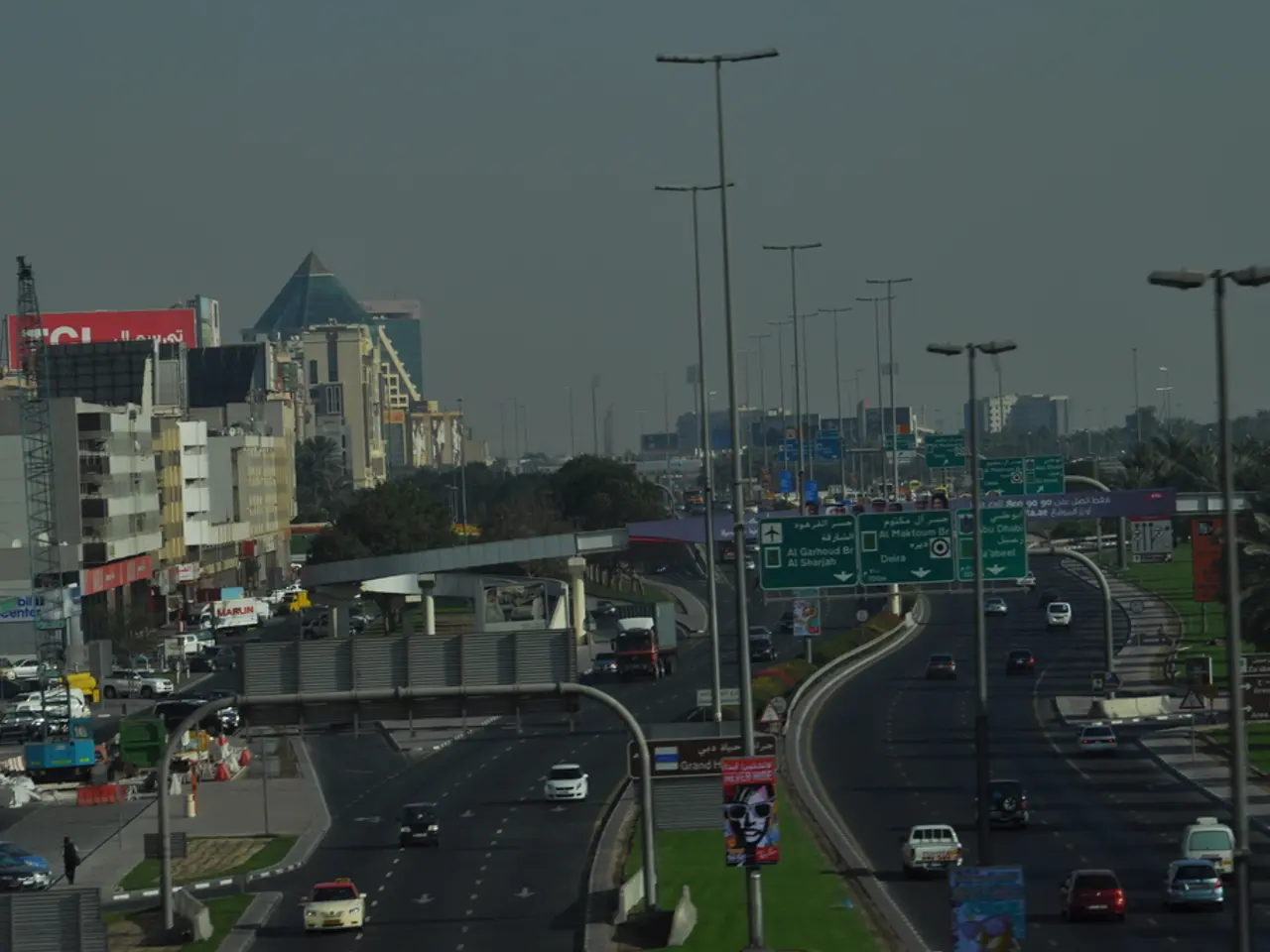Grid operators narrowly avoided crisis, prompts FERC's Christie to advocate for reliable energy sources.
In the midst of soaring temperatures and the retirement of significant power generation capacity, the US power grid is facing a challenging summer.
On Tuesday, the power generation mix in the US saw gas-fired generation supplying about 12,280 MW, followed by nuclear power with 3,350 MW, oil with 3,180 MW, net imports with 3,015 MW, hydroelectric generation with 2,070 MW, renewables with 1,540 MW, and "other" (including grid-level demand response) with 405 MW.
The Midcontinent Independent System Operator (MISO) hit a peak on Monday of 119 GW, about 6% below its all-time system peak. Meanwhile, PJM Interconnection, the largest U.S. grid operator, reached a peak load of about 161 GW on Monday, which is nearly 5% above its summer peak demand forecast and the highest demand since 2011.
ISO New England, another grid operator, managed its grid under a "power caution" after the unexpected loss of generation in the late afternoon on Tuesday. The electricity demand peaked on Tuesday evening at 26,024 MW, the highest level seen since 2013. Despite this, demand response was "essential" in reducing PJM's load, according to FERC Commissioner Judy Chang.
The current policies and proposed measures to ensure resource adequacy and avoid blackouts in the US focus on addressing the retirement of power generation capacity, increasing firm baseload power, expanding energy storage, and improving grid infrastructure. The Department of Energy (DOE) has issued a critical report and emergency orders warning of an urgent need to replace retiring capacity and increase dispatchable power to prevent widespread blackouts potentially reaching 800 outage hours per year by 2030 if actions are not taken.
However, policy conflicts and delays in transmission projects pose challenges to avoiding blackouts and ensuring adequate power supplies into the 2030s. For instance, the Trump administration’s cancellation of financing for major transmission projects like the Grain Belt Express, which would deliver wind power from the Midwest to population centers, has limited grid enhancement via renewables.
In an effort to maintain grid reliability, there is emphasis on rapidly increasing dispatchable (firm) energy capacity derived from abundant natural resources. Energy storage technologies, including utility-scale batteries, are growing rapidly and are identified as crucial to solving the power crisis by storing renewable energy and providing grid stability.
The Federal Energy Regulatory Commission's (FERC) chairman, Mark Christie, emphasizes the need for adequate power supplies in the United States due to narrowly handling extreme heat and humidity. Christie's term ends on June 30, and he intends to remain at FERC until its next monthly meeting on July 24, unless the Senate confirms Laura Swett to take his seat before then.
FERC's review of PJM's rules for colocating data centers at power plants could be addressed next month. MISO issued emergency orders to ensure it could provide electricity during the extreme heat, and at the peak, PJM had about 10 GW to spare. Grid-connected solar output rose to about 800 MW by 10 a.m. on Tuesday, but began to dip around 3 p.m. and fell to about 350 MW by 6 p.m.
The PJM's fuel mix at the peak included gas (44%), nuclear (20%), coal (19%), solar (5%), and wind (4%). Despite the recognized need for grid expansion and renewable energy integration, some policy contention exists, exemplified by the Trump administration’s cancellation of financing for major transmission projects like the Grain Belt Express.
References: [1] DOE Report: [Link to the report] [2] DOE Emergency Order: [Link to the order] [3] FERC Proposed IBR Ride-Through Reliability Standards: [Link to the proposal] [4] Grain Belt Express Cancellation: [Link to the announcement] [5] Energy Storage Technologies: [Link to a relevant article]
In light of the urgent need for replacing retiring power generation capacity and the growing demand for dispatchable power, the industry is focusing on increasing firm baseload power, expanding energy storage, and improving grid infrastructure to maintain grid reliability. Given policy conflicts and delays in transmission projects, finance plays a crucial role in securing investments for grid enhancement via renewable energy sources. For instance, the cancellation of financing for major transmission projects, such as the Grain Belt Express, has limited grid enhancement via renewables, emphasizing the critical role finance has in addressing the power crisis.




